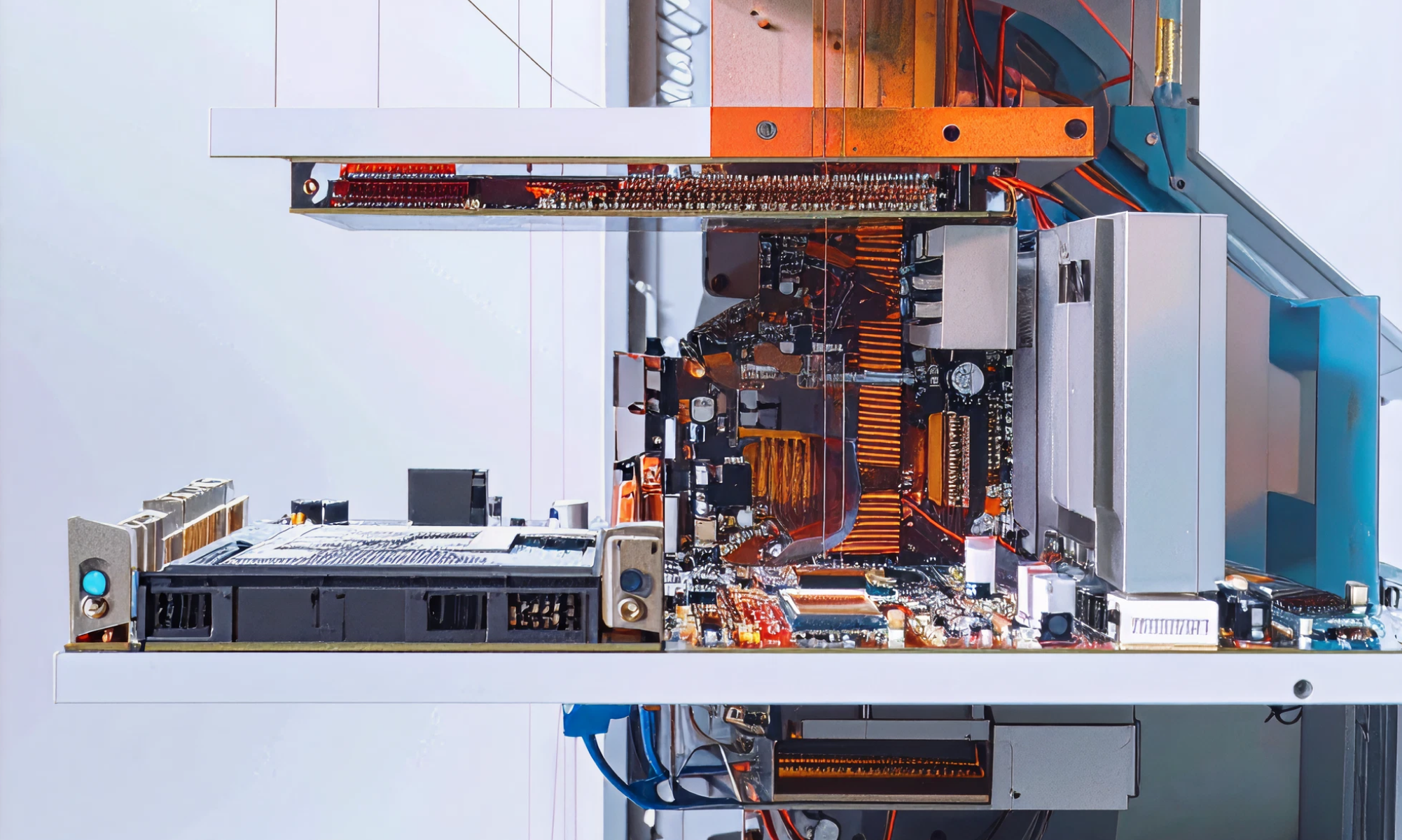AI
our blog
Natural Language To Code: How AI Is Reshaping Software Development

Tools that turn plain language prompts into working code are pretty popular right now, lowering the barrier to building digital products and opening up new ways for teams to move fast. Simply describe what you need and the AI writes it for you - it’s a shift that’s making development more accessible to non coders and more efficient for experienced engineers.
We’re already seeing this play out across the industry. Startups are using natural language to code to build prototypes without hiring full engineering teams, while larger organisations are rolling it out to accelerate internal tools and automation. The common thread is speed - ideas move from paper to working software faster than ever before.
Many businesses worry this could lead to more tech debt. Auto generated code can be messy, inconsistent and in need of fixing later. But tech debt isn’t always bad. Sometimes it’s the price of speed - a trade off worth making to validate an idea quickly before investing in a polished build.
The real challenge is knowing when speed is worth it. Not every use case should be powered by AI code. For mission critical systems, quality and stability must come first. But for early stage products, proofs of concept or one off internal workflows, the ability to cut build times from months to weeks is amazing.
When used well, AI generated code can accelerate prototyping, help non developers contribute meaningfully and free engineers to focus on the work that needs real craftsmanship. Quick wins now can be tidied up later if the idea proves worth scaling.
Setting clear boundaries is key. Keep experiments isolated from production, document decisions so fixes are easier later and treat AI code as a starting point, not a finished product. It works best in POCs, internal tools, automation scripts and repetitive patterns where consistency isn’t critical.
As tools mature, we expect natural language to code to become a standard part of product development. It won’t replace engineers but it will sit alongside them, acting as a force multiplier that helps teams move quickly while still relying on human judgement for the hard problems.
At Studio Graphene, we see AI-assisted coding as another tool in the kit - speed where it matters, craftsmanship where it counts. Tech debt is a risk, but a manageable one if you plan for it from the start. The teams that thrive will be those who strike the right balance: using AI to unlock velocity without losing sight of quality.









